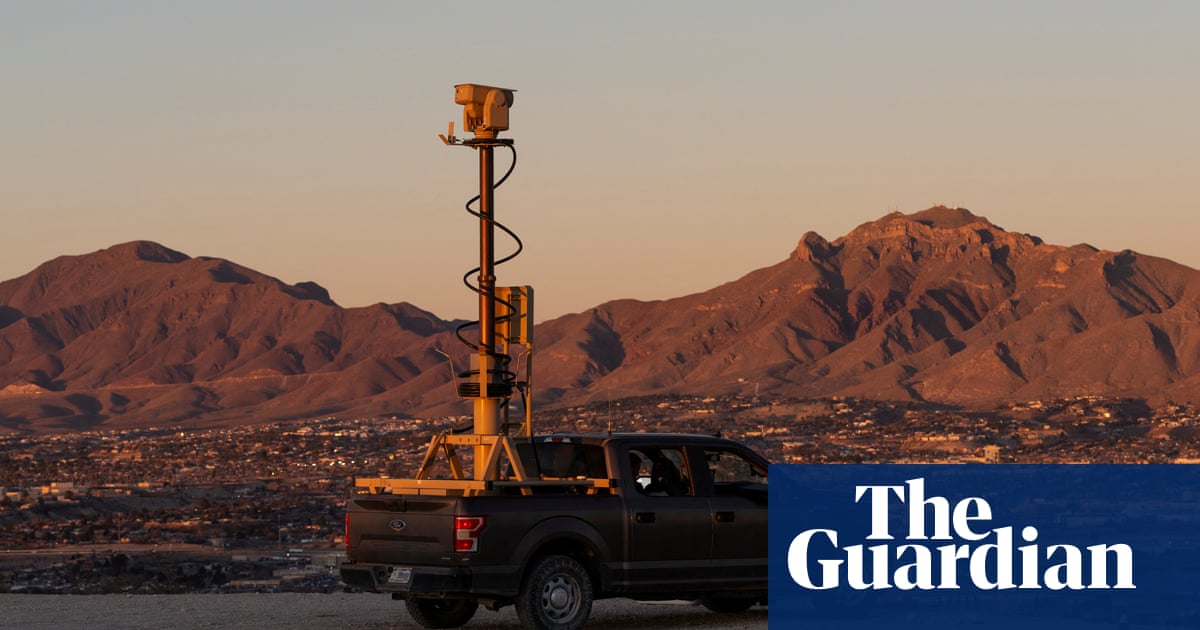The US Department of Justice has begun the first criminal prosecutions of migrants for entering anewly declaredmilitary buffer zone created along the border with Mexico, according to court filings, Reuters reports.
At least 28 migrants were charged were charged in federal court in Las Cruces, New Mexico, on Monday for crossing into the 170-mile-long, 60ft-wide militarized buffer zone patrolled by active-duty US troops.
Pete Hegseth, the defense secretary, visited the area last week and said it was the start of a plan to extend the buffer zone along the border.
“The reason we are here today, at almost the 100-day mark of President Trump’s administration, is because you’re standing on a ‘national defense area’: this may as well be a military base,” Hegseth said in a defense department social media video posted online. “Any illegal attempting to enter that zone is entering a military base.”
“As New Mexicans, we have deep concerns about the enhanced militarization of our borderlands communities,” the American Civil Liberties Union of New Mexico ina statementlast week.
“The expansion of military detention powers in the ‘New Mexico national defense area’ – also known as the ‘border buffer zone’ – represents a dangerous erosion of the constitutional principle that the military should not be policing civilians.”
Court documents showed migrants detained in the area were charged with both crossing theUS-Mexico borderillegally and entering a restricted area.
Customs and Border Protection maintains jurisdiction over illegal border crossings in the area and troops would hand over migrants they detained to US Border Patrol or other civilian law enforcement, according to the defense department.
Troops have yet to arrest any migrants or other trespassers within the so-called New Mexico national defense area, according to Maj Geoffrey Carmichael, a US army spokesman.
The area was created with the transfer of 110,000 acres (445 sq km) of federal land to the US army.
The idea of militarizing the border has long been a dream of far-right politicians, like the failed Arizona candidate for US Senate Blake Masters, whodevoted a campaign adto the idea in 2022.
The buffer zone allowed the Trump administration to use troops to arrest migrants without invoking the 1807 Insurrection Act that empowers a president to deploy the US military to suppress events like civil disorder.
The last time the Insurrection Act was invoked was during the 1992 Los Angeles riots.
Around 11,900 troops are currently deployed to the US south-west border where the number of migrants caught illegally crossing in March fell to the lowest level ever recorded, according to government data.
